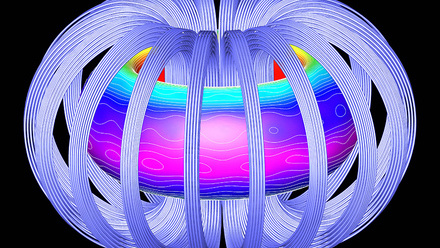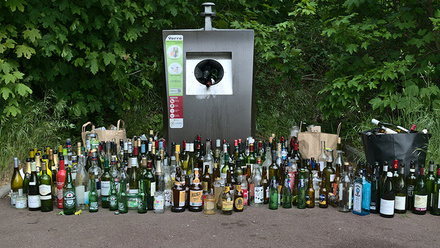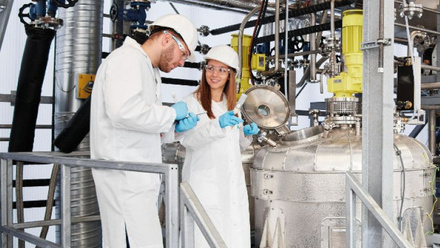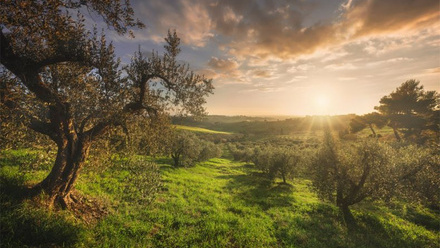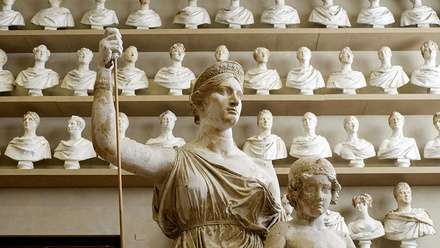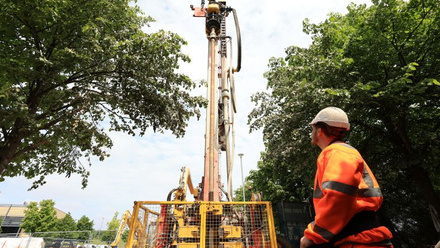Biomineralised film to prevent corrosion of marine concrete
A biomineralisation strategy from Hong Kong Polytechnic University to stop microbial corrosion in marine concrete.
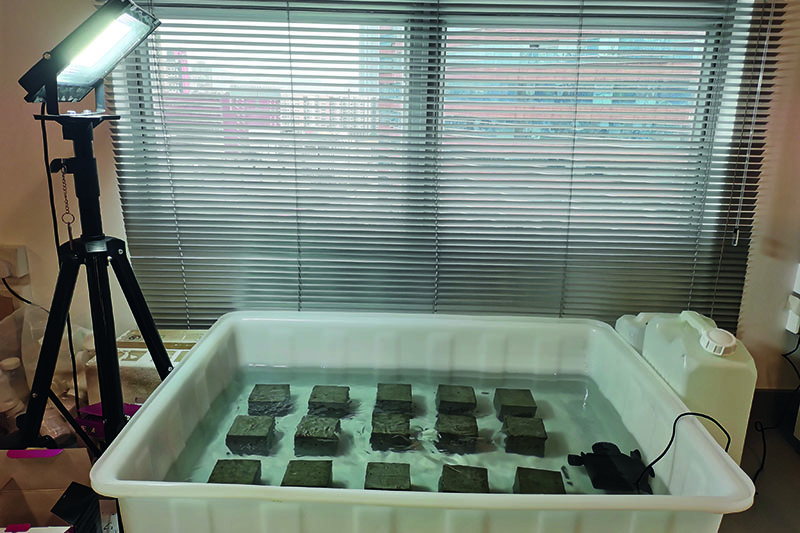
Microbially induced corrosion is a prevalent issue in marine environments, leading to structural damage. The new biomineralised coating is made from a mixed solution of enriched bacterial suspension and a urea-calcium-chloride solution.
The study indicates that this biomineralisation treatment prevents corrosion by 'reducing the total and relative abundance of sulphate-reducing bacteria (SRB)'. SRB is a type of anaerobic bacteria and can produce corrosive hydrogen sulphide.
According to Professor Xiangdong Li, who led the research, 'The biomineralisation bacteria in seawater will be enriched using the identified optimum medium. The enriched bacterial suspension will be mixed with the urea-calcium-chloride solution, and then the mixture will be coated on the surface of the concrete structure to form the biomineralisation film to isolate the concrete from corrosive communities.'
He continues, 'The enriched bacterial suspension is used to compete with corrosive bacteria and decrease their relative/total abundances.
'The urea-calcium-chloride solution is important to produce calcite precipitates, so that a compact biomineralisation film will be formed on the immediate surface of the concrete to isolate the concrete from seawater.
'Following bacterial colonisation, other microorganisms (e.g., microalgae, cyanobacteria and diatoms) can subsequently colonise on the concrete surface…[but] external environmental factors hardly affect the underlying biomineralised film, suggesting its potential for long-term protection. Therefore, if the biomineralised film at the bottom remains intact, there is no need to re-paint the concrete structures.'
Li asserts, 'This proposed technology uses materials from nature. In addition, the coating can decrease the relative/total abundances of corrosive bacteria, while exerting no influence on subsequent colonisers. Therefore, the biomineralisation technique has a minimal impact on the overall biofilm communities in comparison with chemical treatment methods.'
He admits, 'It is difficult to quantify the minimal impact on the overall biofilm communities. For the submerged groups, there was no significant difference between the biomineralisation samples and natural biofilms after 14 days. The biomineralisation samples in tidal groups also had increasingly similar biofilm communities to natural biofilms from the 14th day to the 42nd day.'
The biomineralisation can reportedly reduce the total abundance of SRB by 39.29% for submerged groups and 47.61% for tidal groups, and the relative abundance by 22.36% for submerged groups and 38.54% for tidal groups.
Also, it uses carbon dioxide to produce mineral precipitates, enhancing the durability of concrete structures.
Li describes, 'During the preparation stage, the biomineralisation for corrosion inhibition utilises CO2 to produce precipitates and form biomineralisation film, contributing to carbon neutrality…When cracking happens after the treatment, the biomineralisation bacteria can continue to utilise CO2 for crack repair, also contributing to carbon neutrality.'
The team plans to quantify the carbon footprint and energy consumption through Life Cycle Assessment.
In the future, Li suggests different types of concrete should be investigated to expand its applicability potential.
Furthermore, a functional prediction can be developed to obtain 'a mechanistic understanding of the potential metabolic capability of the microbial community on concrete corrosion, beneficial for the relation between corrosive bacteria and the lifespan of marine concrete structures'.


